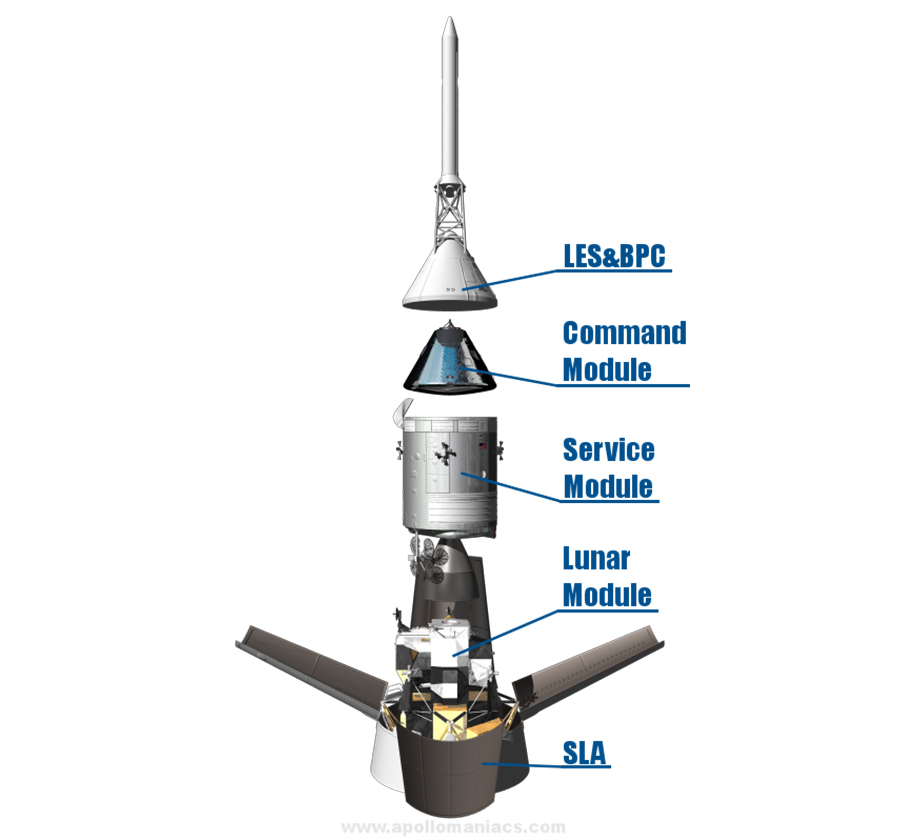From Mercury to Apollo: How NASA Went to the Moon

A baby learns to crawl before it can walk. Then a baby learns to properly walk before it can run. This is the progression of learning. An eternal process of learning new things by mastering the basics.
Like a baby, everybody must learn the basics first. This teaches us the fundamentals to learn more complex things. You do not learn algebra without learning basic arithmetic first. The same is true for landing people on the Moon.
To land on the Moon you first have to get to space. Then once in space, you have to learn how to maneuver in space. And when you learn all of these basics you can now land on the Moon. This sequence of events is what happened during Project Mercury (1961-1963), Project Gemini (1962-1966), and Project Apollo (1963-1972).
Learning to Crawl: Project Mercury

President John F. Kennedy expanded The National Aeronautics and Space Administration (NASA) in 1961. The goal of this expansion is to reach the Moon by the end of the decade. Thus, starting Project Mercury.
This program taught NASA how to put a manned spacecraft into Earth’s orbit. By being able to put a person into orbit, they learn many things. The first thing NASA learned is how to create a rocket that can bring a person to orbit. Also, they learned how the human body functions in space. And most importantly, they learned how to transport people back from orbit.
Project Mercury set the stage for the next project, Gemini.
Learning to Walk: Project Gemini

Project Gemini is NASA’s bridge to the moon. The project was the middleman between Project Mercury and Project Apollo. The goals of Project Gemini were to test the equipment, mission procedures, astronauts, and ground crews for the Moon landing.
Here NASA learned how to maneuver their spacecraft in space. This is important because they need to maneuver their spacecraft to get to the Moon. And secondly, to dock the Command and Service Module (CSM) to the Lunar Module (LM) when they arrive in space.
The project also furthered NASA’s understanding of how the human body functions in space. They learned this from doing their first-ever spacewalk. This is an activity where an astronaut goes outside the spacecraft in a spacesuit to perform a task. Project Gemini literally thought NASA how to walk in space.
After Project Gemini, NASA is ready to run to the Moon.
Apollo Spacecraft
There are three main modules in the Apollo Spacecraft.

The first module is the Command Module (CM). This is where the astronauts are housed and control the spacecraft. Also, this is the only part of the spacecraft that returns to Earth with the astronauts.
The next module is the Service Module (SM). This part serves to provide power, propulsion, and storage for the Command Module.
And lastly, the Lunar Module (LM). The module that transports the astronauts from lunar orbit to the lunar surface. This is the only part of the spacecraft that lands on the Moon.
Learning to Run: Project Apollo

Project Apollo is the culmination of everything NASA learned during Gemini and Mercury. Now NASA is going to land a person on the Moon.
NASA launched Apollo 11 into space on the 16th of July 1969. Thanks to the lessons learned from Project Mercury NASA was able to send Apollo 11 to space. Once in space, Apollo 11 applied lessons learned for Gemini to dock the Command and Service Module (CSM) to the LM and travel to the Moon.

On the 20th of July, Apollo 11’s LM landed on the Moon. And here we get one of the most iconic quotes in human history. When Neil Armstrong stepped foot on the lunar surface he uttered these words; “That’s one small step for a man. One giant leap for mankind.”

officer, all wearing BIGs. Photo Credit: NASA
Apollo 11 went back to Earth after 21 hours on the lunar surface. And on the 24th of July 1969, they were back on Earth. Apollo 11’s CM splash landed just 1,400 km west of Hawaii in the Pacific Ocean. This concludes Apollo 11’s mission.
After Apollo 11, there were another six successful Apollo Missions to the Moon. But the US sadly ended Project Apollo due to budget constraints. Because of this, Apollo 17 became the last manned mission to the Moon.
Lessons Learned

A decade’s worth of blood, sweat, and tears made the moon landing possible. All the failures and successes of these projects culminated in one of humanity’s greatest achievements. Even today lessons learned from Mercury, Gemini, and Apollo continue with Project Artemis. I will end this article with a Latin phrase. This will encompass the entire essence of this article. Ad Astra Per Aspera – A Rough Road Leads to the Stars.
Martin is your average manileño. He loves history and traveling around his beloved Metro Manila. His passion is to make the past come to life by exposing past stories not known by the general public. Tag along with him as he visits the past through the present.






